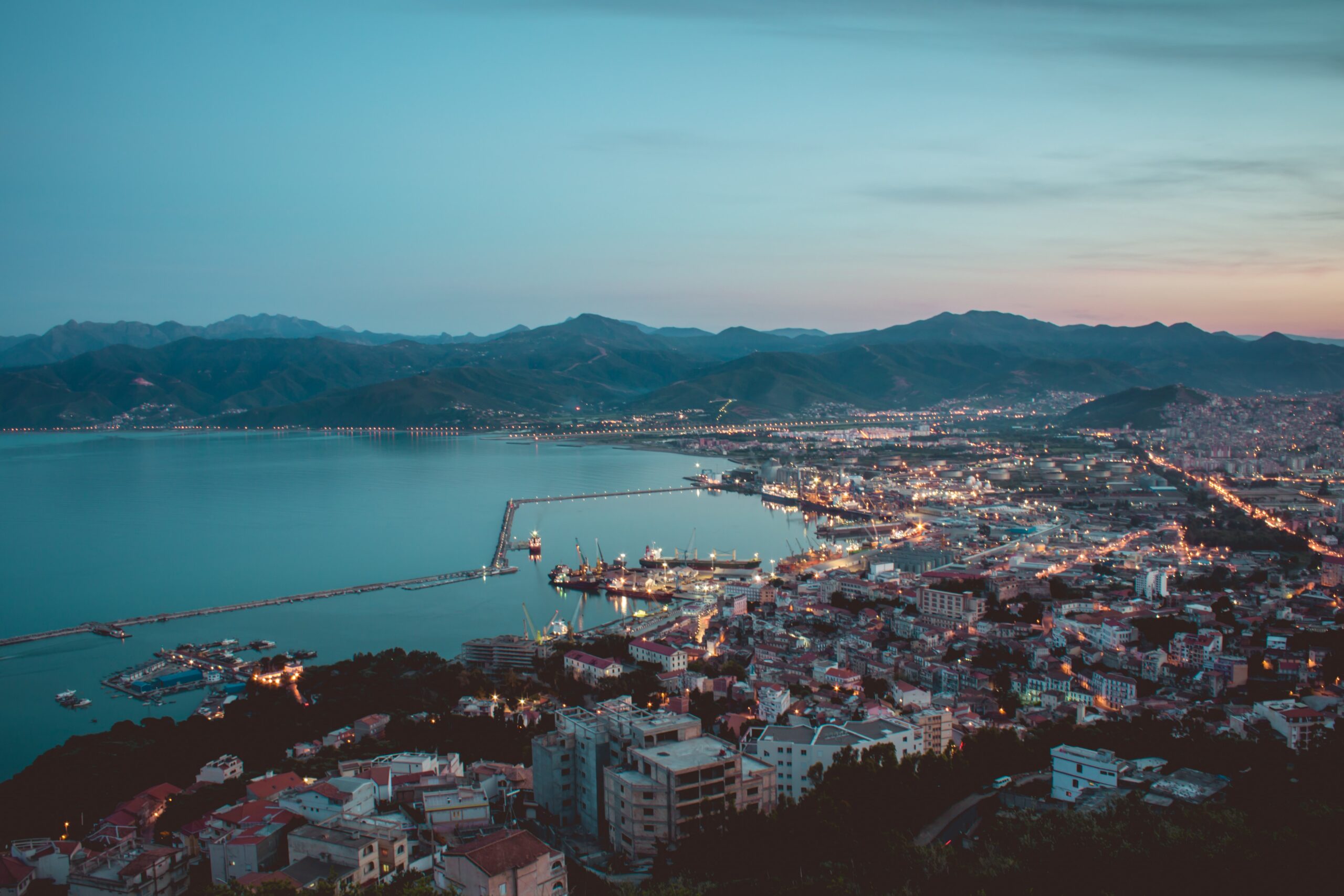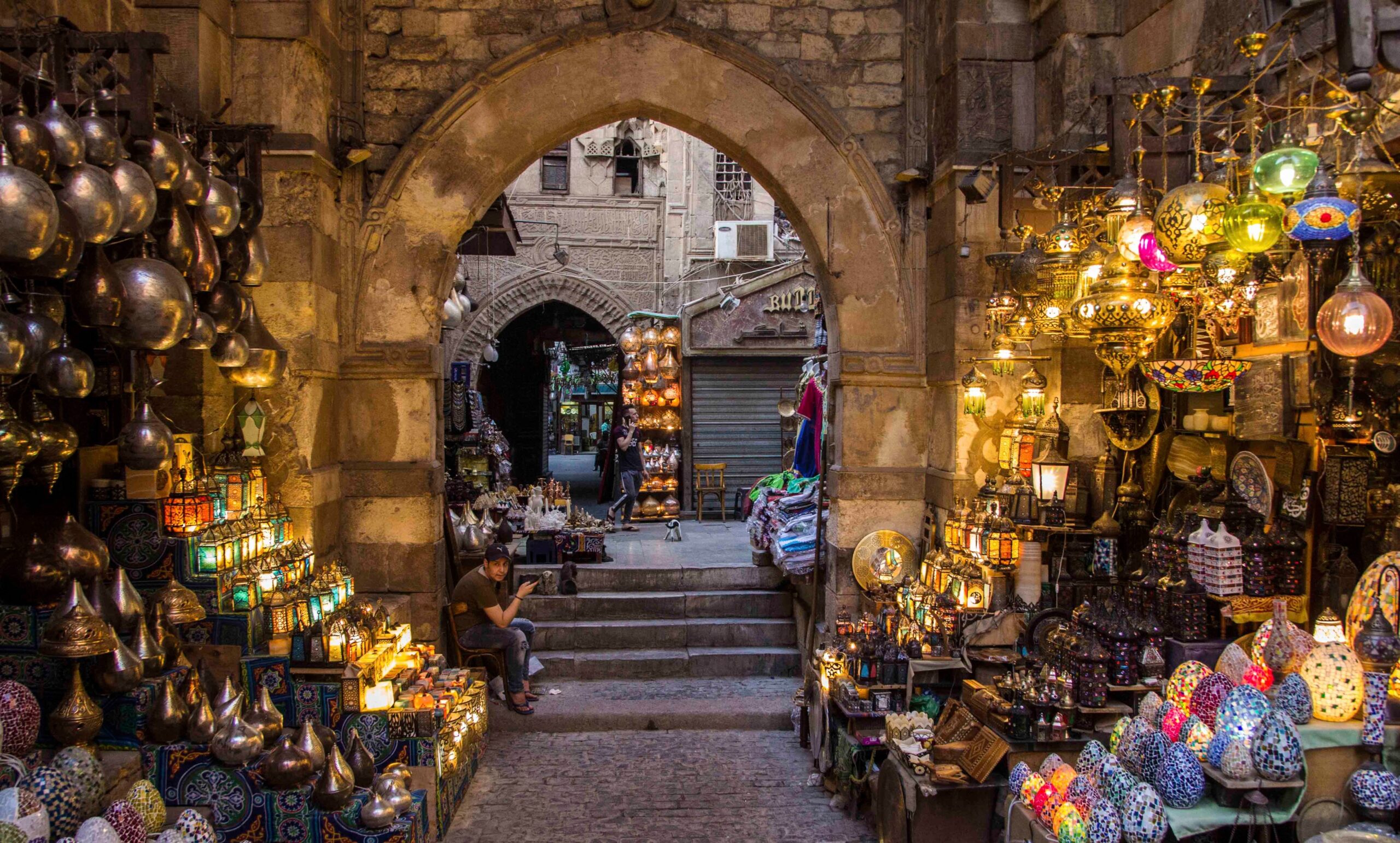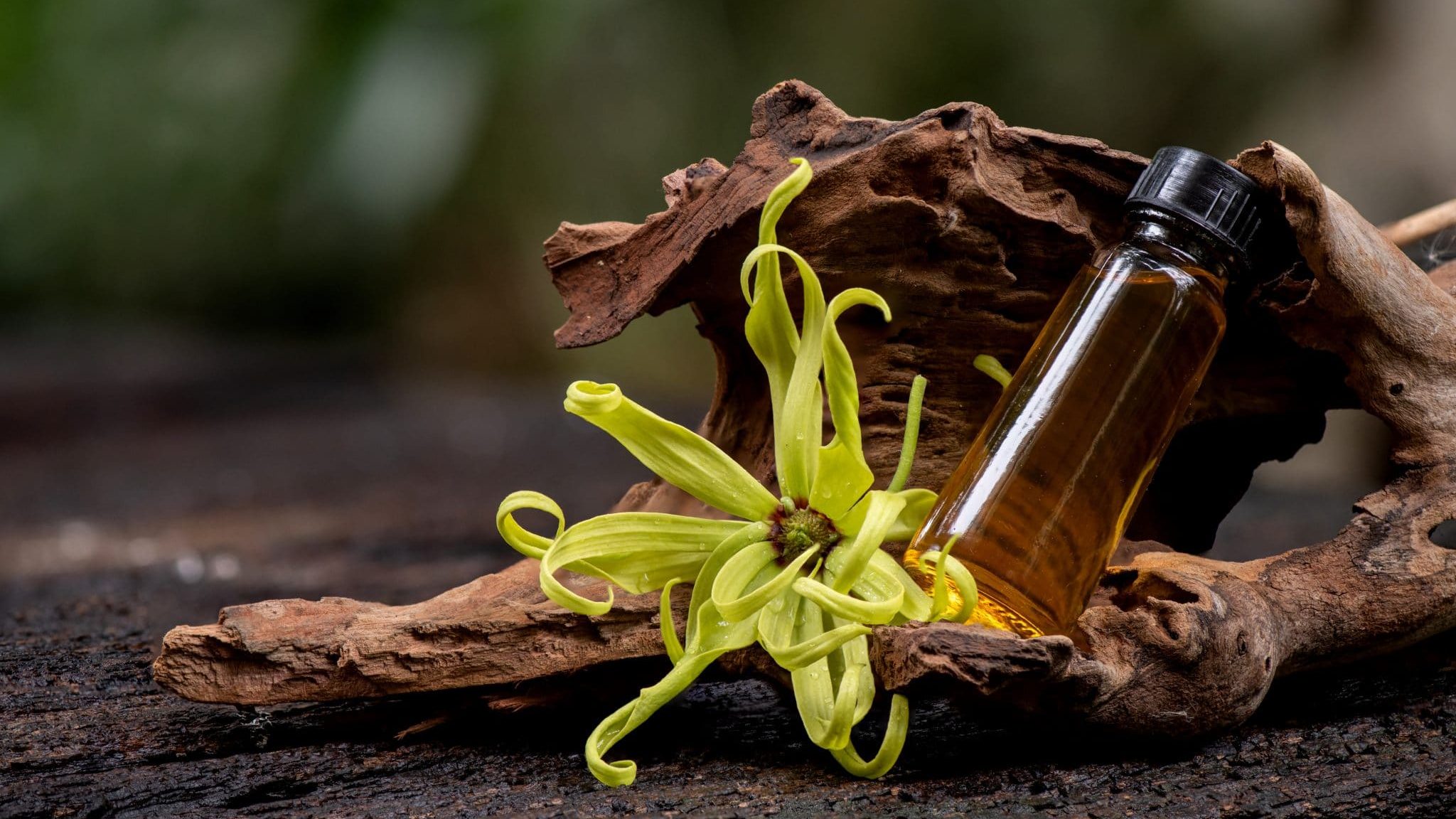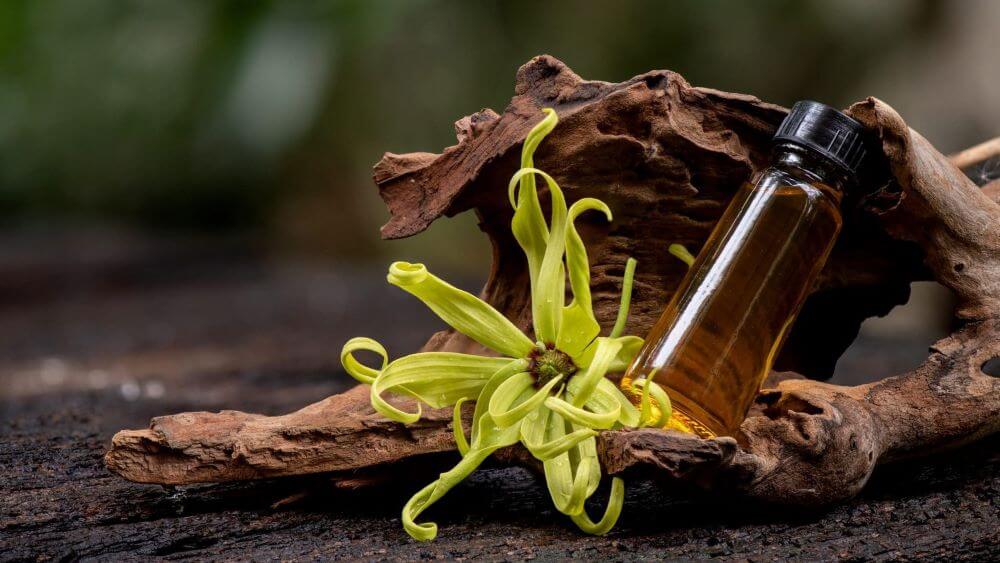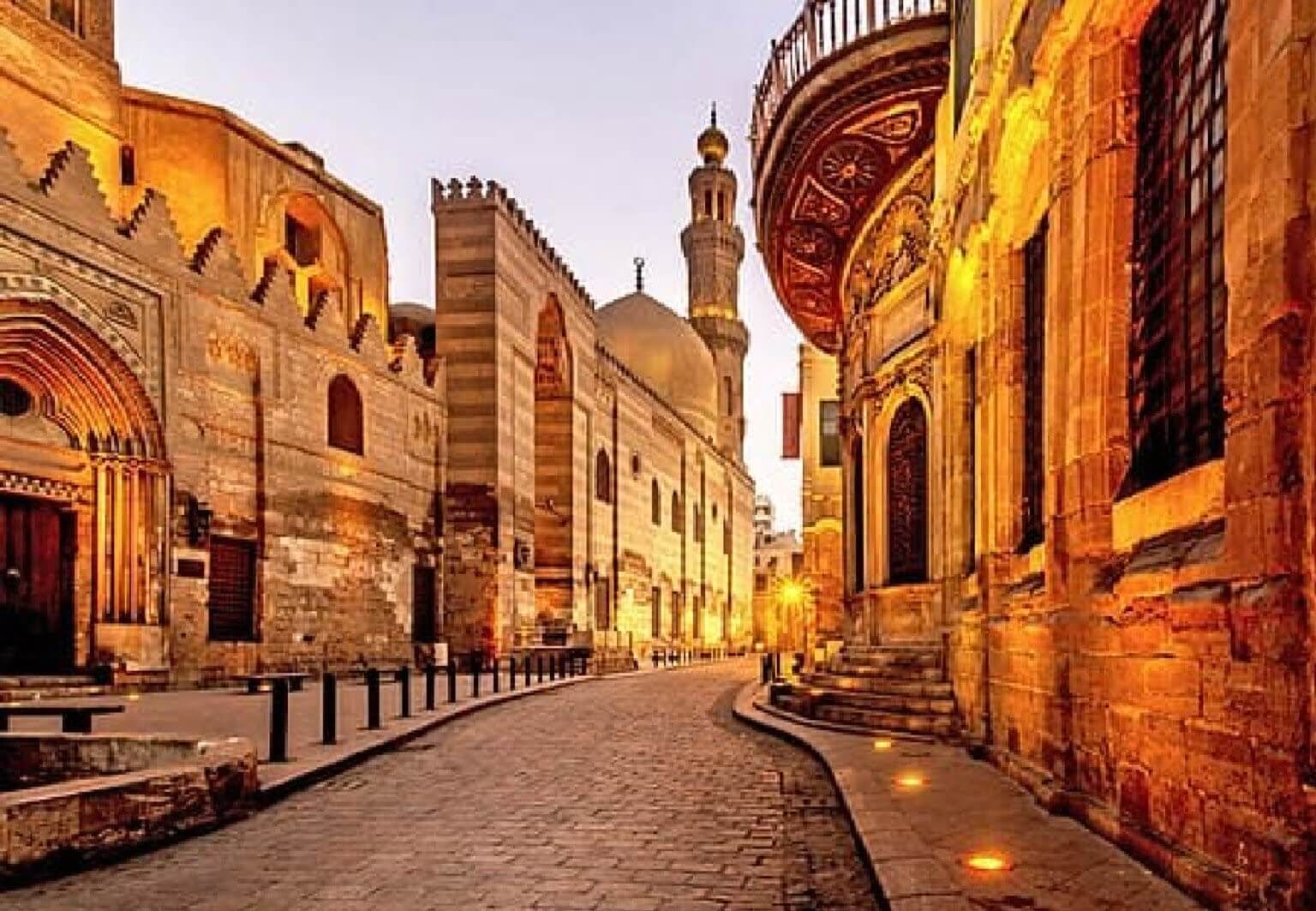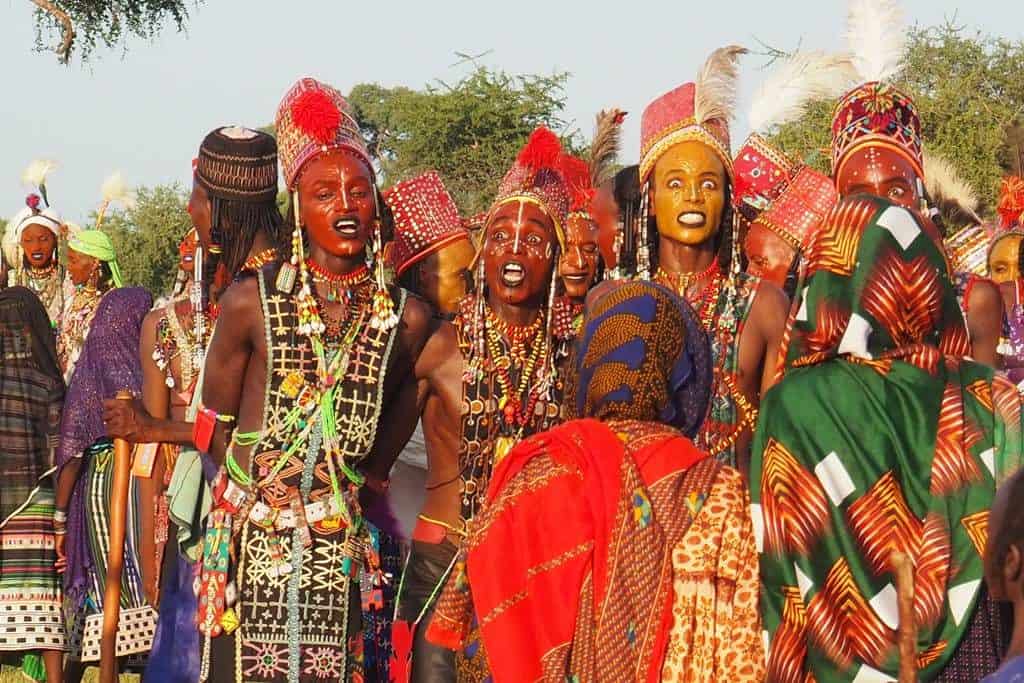Constantine, Algeria, often called the “City of Bridges,” is a mesmerizing city that seamlessly marries the ancient with the modern. Perched dramatically on cliffs, it offers a breathtaking blend of architectural marvels that span centuries. This vibrant city is a testament to the rich cultural and historical tapestry of Algeria, showcasing a variety of architectural styles and contributions from several renowned architects.
Ancient Beginnings: Roman Influence

Constantine’s architectural journey begins with its ancient Roman roots. The city, originally named Cirta, was an important urban center in the Roman Empire. The remnants of Roman architecture, such as the ancient walls, bridges, and aqueducts, provide a glimpse into the city’s past. The Tiddis Ruins, located just outside Constantine, feature classic Roman designs with temples, baths, and houses that have stood the test of time.
Islamic Golden Age: Minarets and Medinas
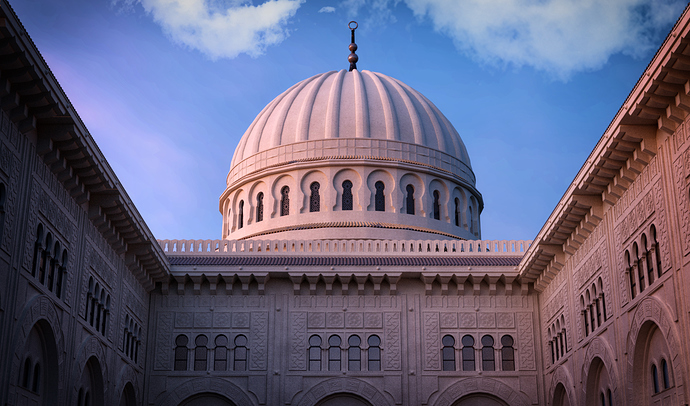
With the Islamic conquest, Constantine saw the rise of Islamic architecture, which left an indelible mark on the city’s landscape. The Great Mosque of Constantine, constructed in the 13th century, is a prime example of this period. Featuring intricate calligraphy, geometric patterns, and a stunning minaret, it reflects the grandeur of Islamic art and architecture.
The Casbah of Constantine, a maze-like old town, showcases traditional Algerian urban design. Narrow, winding streets, whitewashed buildings, and beautifully adorned doorways transport visitors back in time, offering a sense of the historical and cultural depth of the city.
Ottoman Influence: Palaces and Public Baths

The Ottoman era introduced new architectural elements to Constantine. One of the standout structures from this period is the Ahmed Bey Palace, built in the early 19th century. This palace, with its ornate decoration, spacious courtyards, and lush gardens, exemplifies Ottoman architectural elegance.
Public baths, or hammams, also flourished during the Ottoman period. Hammam Soukhna, one of the oldest in Constantine, continues to serve as a social and cultural hub, highlighting the importance of communal spaces in Algerian culture.
French Colonial Era: Bridges and Modernization
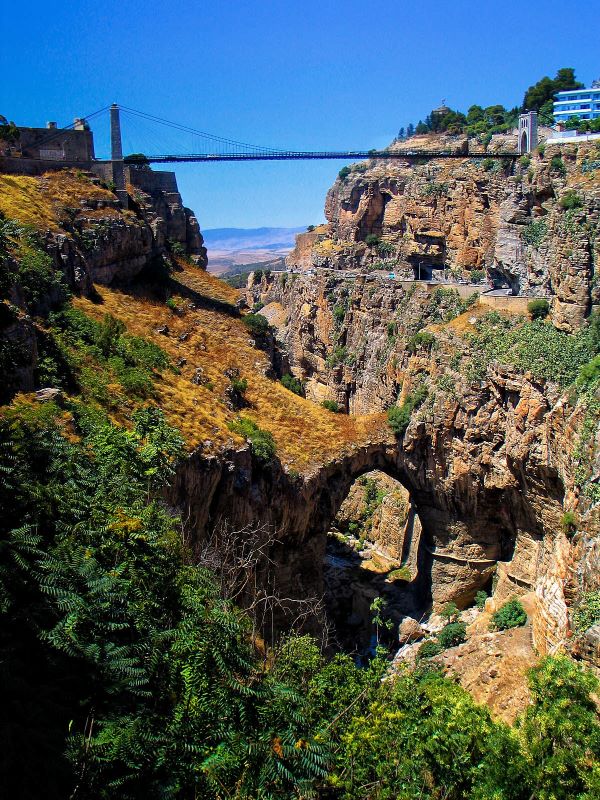
The French colonial period brought a wave of modernization to Constantine. The city’s most iconic structures, its bridges, were constructed during this time. The Sidi M’Cid Bridge, completed in 1912, is a stunning example of early 20th-century engineering. Spanning the deep Rhumel Gorge, it remains one of the highest bridges in the world and a symbol of Constantine’s resilience and ingenuity.
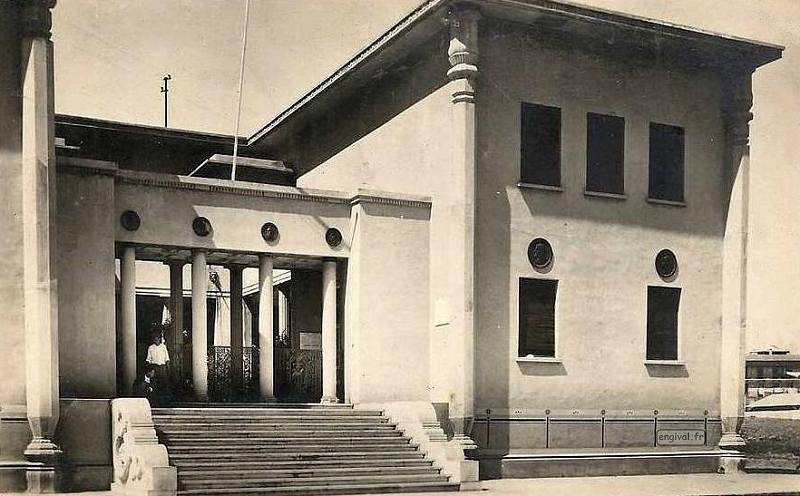
The Gustave Mercier Museum, originally built as a mansion in the early 20th century, is another testament to the French colonial influence. Today, it houses an impressive collection of Constantine’s historical artifacts and offers insights into the city’s multifaceted past.
Modern Marvels: Contemporary Contributions

Architects Who Shaped Constantine
Several architects have left their mark on Constantine, each contributing to the city’s unique architectural identity:
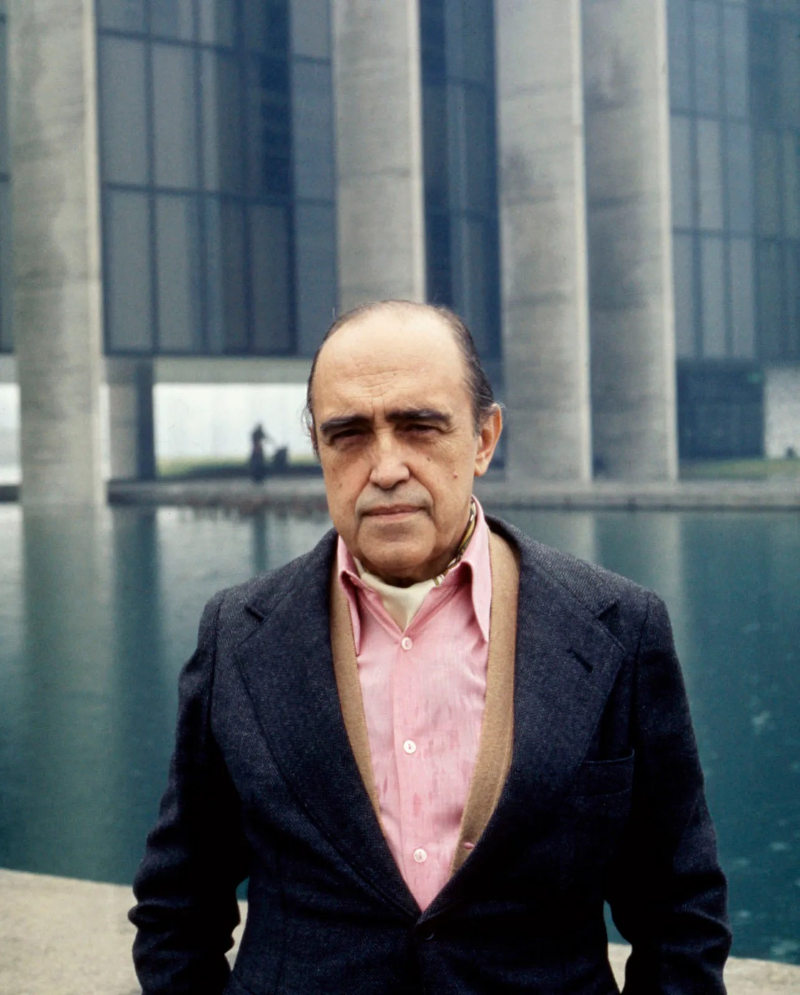
- Oscar Niemeyer: The Brazilian architect known for his modernist designs, Niemeyer’s
- work on the University of Constantine has brought global architectural acclaim to the city.
- Georges Krier: A French architect who contributed to the urban planning and development of Constantine during the colonial period, Krier’s work includes several public buildings and infrastructure projects.

Ahmed Bey: While not an architect by profession, Ahmed Bey’s influence on the city’s architecture during his rule in the early 19th century was significant, especially with the construction of his eponymous palace.
Conclusion: A City of Timeless Beauty
Constantine, Algeria, stands as a living museum of architectural evolution. From its ancient Roman roots to its Islamic, Ottoman, and French colonial influences, and its embrace of modern design, the city is a testament to the diverse cultural and historical forces that have shaped it. Walking through Constantine, one can experience the layers of history and the visionary work of architects who have contributed to its timeless beauty.
Whether you are an architecture enthusiast, a history buff, or a curious traveler, Constantine offers a unique and enriching experience that captures the essence of Algeria’s architectural and cultural heritage.


